Fundamentals Nursing Vol 1 3rd Edition Wilkinson Treas Test Bank
$35.00
Fundamentals Nursing Vol 1 3rd Edition Wilkinson Treas Test Bank
Get your degree with ease by using our files. We do not keep any logs and we do not log any information. What does this mean for you? This means, your order is completely anonymous and confidential. Part of our service allows you to purchase these files without anyone else knowing. There is no risk and you have nothing to lose. If you are using this very textin school right now, then you will need this nursing test bank to learn important core knowledge so you can be the ultimate nurse. Add this product to your cart and checkout to receive the download for your nursing test bank for Fundamentals Nursing Vol 1 3rd Edition Wilkinson Treas Test Bank
Do you have any questions? Would you like a sample sent to you? Just send us an email at [email protected] (no spaces). We will respond as soon as possible.
== HERE IS A SAMPLE, NOT A FULL CHAPTER ONLY PART OF IT ==
Chapter 2. Critical Thinking & Nursing Process
MULTIPLE CHOICE
1. Which of the following characteristics do the various definitions of critical thinking have in common? Critical thinking:
a) Requires reasoned thought
b) Asks the questions “why” or “how”
c) Is a hierarchical process
d) Demands specialized thinking skills
ANS: A
The definitions listed in the text as well as definitions contained in Box 2-1 state that critical thinking requires reasoning or reasoned thinking. Critical thinking is neither linear nor hierarchical. The steps involved in critical thinking are not necessarily sequential, wherein mastery of one step is necessary to proceed to the next. Critical thinking is a purposeful, dynamic, analytical process that contributes to reasoned decisions and sound contextual judgments.
(High-level question, answer not stated verbatim)
Nursing Process: Not applicable
Client Need: Safe and Effective Care
Cognitive Level: Analysis
Difficulty: Moderate
PTS: 1
2. A few nurses on a unit have proposed to the nurse manager that the process for documenting care on the unit be changed. They have described a completely new system. Why is it important for the nurse manager to have a critical attitude? It will help the manager to:
a) Consider all the possible advantages and disadvantages
b) Maintain an open mind about the proposed change
c) Apply the Nursing Process to the situation
d) Make a decision based on past experience with documentation
ANS: B
A critical attitude enables the person to think fairly and keep an open mind.
Nursing Process: Not applicable
Client Need: Safe and Effective Care
Cognitive Level: Comprehension
Difficulty: Moderate
PTS: 1
3. The nurse has just been assigned to the clinical care of a newly admitted patient. To know how best to care for the patient, the nurse uses the Nursing Process. Which step would the nurse probably undertake first?
a) Make an assessment
b) Make a diagnosis
c) Plan outcomes
d) Plan interventions
ANS: A
Assessment is the first step of the Nursing Process. The nursing diagnosis is derived from the data gathered during assessment, outcomes from the diagnosis, and interventions from the outcomes.
Nursing Process: Assessment
Client Need: Safe and Effective Care
Cognitive Level: Application
Difficulty: Easy
PTS: 1
4. Which of the following is an example of practical knowledge? Assume all are true.
a) The tricuspid valve is located between the right atrium and ventricle of the heart.
b) The pancreas does not produce enough insulin in type 1 diabetes.
c) When assessing the abdomen, you should auscultate before palpating.
d) Research shows pain medication given intravenously acts faster than medication given by other routes.
ANS: C
Practical knowledge is knowing what to do and how to do it, such as how to make an assessment. The others are examples of theoretical knowledge, anatomy (tricuspid valve), facts (type 1 diabetes), and research (intravenous pain medication).
(High-level question, answer not stated verbatim)
Nursing Process: Not applicable
Client Need: Safe and Effective Care
Cognitive Level: Application
Difficulty: Moderate
PTS: 1
5. Which of the following is an example of self-knowledge? The nurse thinks, “I know that I:
a) Should take the client’s apical pulse for 1 full minute before giving digoxin”
b) Should follow the client’s wishes even though it is not what I would want”
c) Have religious beliefs that may make it difficult to take care of some clients”
d) Need to honor the client’s request not to discuss his health concern with the family”
ANS: C
Self-knowledge is being aware of your religious and cultural beliefs and values. Taking the pulse is an example of practical knowledge. Following client wishes and honoring client requests are examples of ethical knowledge.
(High-level question, answer not stated verbatim)
Nursing Process: Not applicable
Client Need: Safe and Effective Care
Cognitive Level: Application
Difficulty: Difficult
PTS: 1
6. Which of the following is the most important reason for nurses to be critical thinkers?
a) Nurses need to follow policies and procedures.
b) Nurses work with other healthcare team members.
c) Nurses care for clients who have multiple health problems.
d) Nurses have to be flexible and work variable schedules.
ANS: C
Critical thinking is essential for client care, particularly when the care is complex, involving numerous health issues. Following policies and procedures does not necessarily require critical thinking; working with others or being flexible and working different schedules do not necessarily require critical thinking.
(High level question, answer not stated verbatim)
Nursing Process: Not applicable
Client Need: Safe and Effective Care
Cognitive Level: Application
Difficulty: Moderate
PTS: 1
7. The nurse administering pain medication every 4 hours is an example of which aspect of patient care?
a) Assessment data
b) Nursing diagnosis
c) Patient outcome
d) Nursing intervention
ANS: D
Interventions are activities that will help the patient achieve a goal, such as administering pain-relieving medication. An example of assessment data might be: “Patient reports pain is a 5 on a 1 to 10 scale.” The nursing diagnosis would be “pain.” The nurse might define the patient outcome in this scenario as, “The patient will state the level of pain is less than 4.”
(High-level question, answer not stated verbatim)
Nursing Process: Interventions
Client Need: Safe and Effective Care
Cognitive Level: Application
Difficulty: Moderate
PTS: 1
8. How does a nursing diagnosis differ from a medical diagnosis? A nursing diagnosis is:
a) Terminology for the client’s disease or injury
b) A part of the client’s medical diagnosis
c) The client’s presenting signs and symptoms
d) A client’s response to a health problem
ANS: D
A nursing diagnosis is the client’s response to actual or potential health problems.
Nursing Process: Diagnosis
Client Need: Safe and Effective Care
Cognitive Level: Knowledge
Difficulty: Easy
PTS: 1
9. What do critical thinking and the Nursing Process have in common?
a) They are both linear processes used to guide one’s thinking.
b) They are both thinking methods used to solve a problem.
c) They both use specific steps to solve a problem.
d) They both use similar steps to solve a problem.
ANS: B
Critical thinking and the Nursing Process are ways of thinking that can be used in problem-solving (although critical thinking can be used for other than problem-solving applications). Neither method of thinking is linear. The Nursing Process has specific steps; critical thinking does not.
Nursing Process: Not applicable
Client Need: Safe and Effective Care
Cognitive Level: Analysis
Difficulty: Difficult
PTS: 1
10. A nurse admits a patient to the unit after completing a comprehensive interview and physical examination. To develop a nursing diagnosis, the nurse must now:
a) Analyze the assessment data
b) Consult standards of care
c) Decide which interventions are appropriate
d) Ask for the client’s perceptions of her health problem
ANS: A
The basis of the nursing diagnosis is the assessment data. Standards of care are referred to when establishing nursing interventions. Customizing interventions personalizes nursing care. Asking the patient about her perceptions is a method to validate whether the nurse has chosen the correct nursing diagnosis and would probably have been done during the comprehensive assessment.
Nursing Process: Diagnosis
Client Need: Safe and Effective Care
Cognitive Level: Application
Difficulty: Moderate
PTS: 1

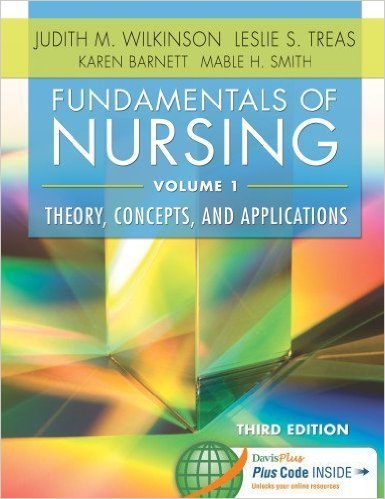

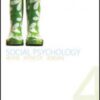
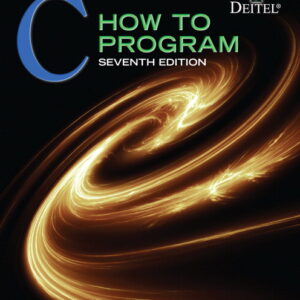
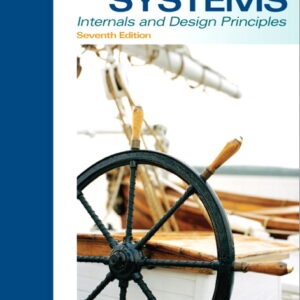


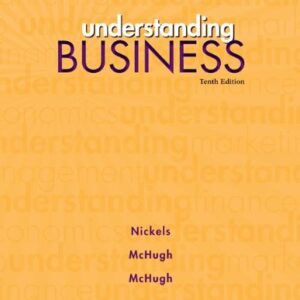
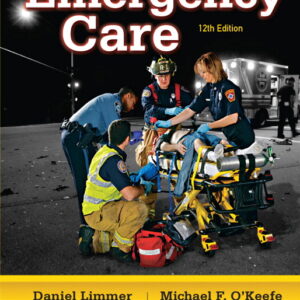


Reviews
There are no reviews yet.